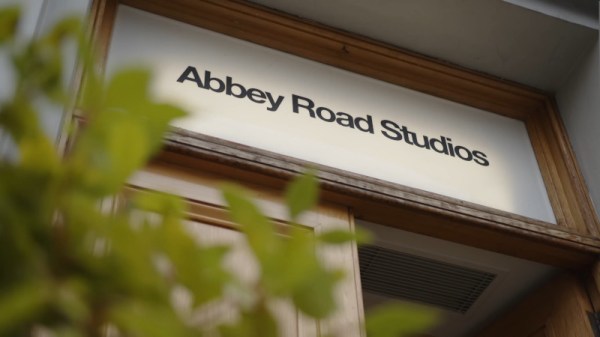The study of audio technology has a lot of fascinating branches, and one or two of them even take the curious engineer not into electronics but into architecture. There’s the anechoic chamber with its complete lack of echo, but at the other end of the scale, there’s the echo chamber.
It’s normal in 2024 when searching for reverb to reach for a software plugin, but following the effect back through silicon, spring lines, and metal plates to the 1950s, we find an echo chamber as a real room with a speaker and a microphone placed in it. [Rick Beato] takes us into the echo chamber, starting with one of the few remaining originals and probably the one whose effect has been heard on the most highly-charting music, at the famous Abbey Road studio in London.
The video below the break is broadly in two parts, with the first concentrating on the Abbey Road chamber and the second showing how an empty room in a house can be used to make your own. It’s aimed at musicians rather than hardware hackers but we think it’s one of those moments of crossover that readers might find interesting. We were particularly curious about the tall ceramic tubes in the Abbey Road chamber, designed to further break up the sound waves for a greater depth of reverb.
The video shows how reverb can be achieved with just a room, but don’t worry if you’re space limited. A plate reverb needn’t break the bank. Or, grab a spring.
Continue reading “The Most Famous Room In Rock-n-Roll You’ve Never Seen”











